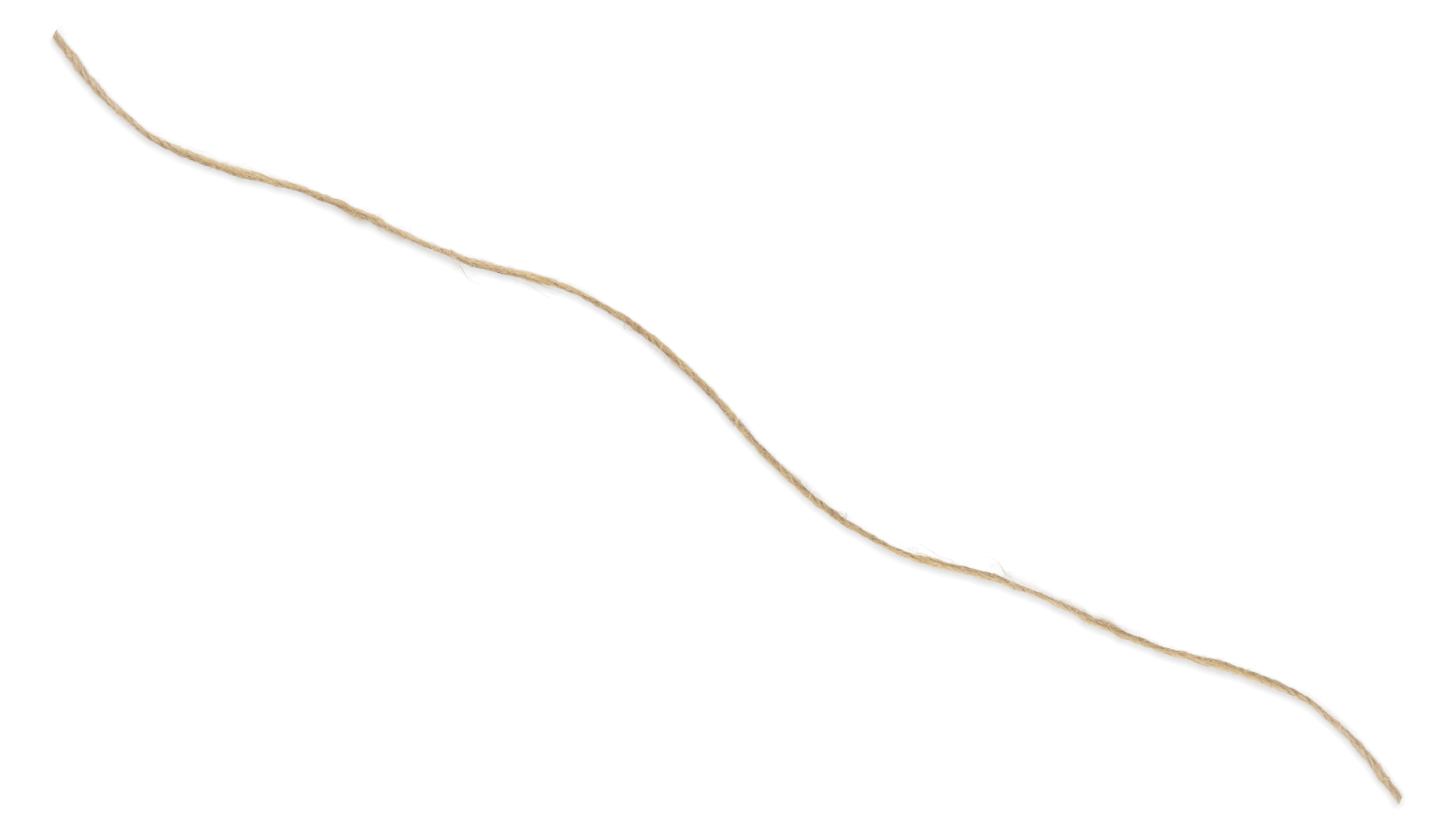When scientists in the early 1900s saw Secondo Pia’s photographic negative, they began a new quest to understand the Shroud.
Why They’re Important
These early scientists discovered extraordinary things about the Shroud. They set the stage for the most extensive testing ever done on the Shroud in 1978 by the STURP team.
Yves Delage: “1 in 10 Billion”
- Delgage was a biologist and zoologist at the Sorbonne in Paris.
- In 1900, he and his team examined the body image in very fine detail.
- They said the body image was “flawless” right down to the fine details, including signs of rigor mortis.
- They concluded the linen had come in contact with a corpse.
- Delage estimated the probability that the image on the Shroud was NOT Jesus was 1 in 10 billion.
Pierre Barbet: The Doctor at Calvary
- Dr. Barbet was a French surgeon. He spent 15 years doing medical research on the Shroud image.
- He used cadavers to understand what crucifixion did to the body.
- In 1950, Barbet published his findings in the book “A Doctor at Calvary.”
- Barbet described the physiology and pathology of the man on the Shroud as “anatomically perfect.”
Max Frei: Forensic Scientist
- Frei was a Swiss microscopist. He is known as the founder of “Crime Scene Investigation” techniques.
- He took samples of dust from the Shroud in the 1970s using sticky tape.
- These sticky tape samples had pollen grains, fragments of plant fibers, fungal spores, and mineral particles.
- He found pollen from plants that confirmed the journey of the Shroud.
- In addition to pollen commonly found in Europe, as expected, he also found pollen that could only come from locations in the Middle East.
- There were traces of the mineral aragonite similar to the kind in caves around Jerusalem.
The Next Generation: STURP
In 1978, a team of scientists began the most extensive testing ever done on the Shroud. They called themselves the Shroud of TUrin Research Project—STURP for short.
Their mission? To figure out how this mysterious image could have been formed.
What did they conclude? Find out here



